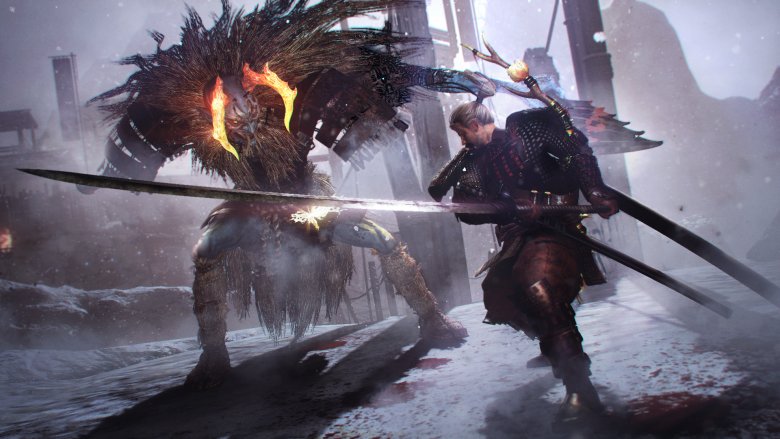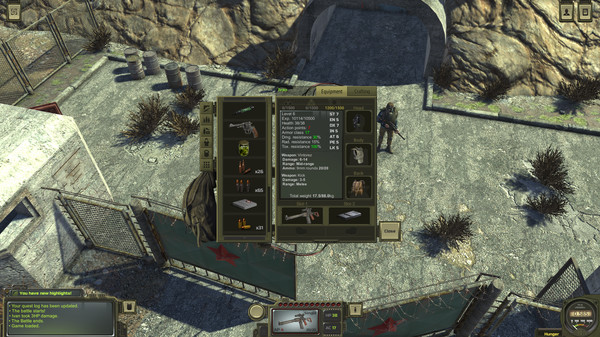
Where to find information for this math trade:ĭiscussion Thread: Fast and Frightening 2017 RPG Math Trade Discussion Thread Please subscribe to the Discussion Thread! Participating in this math trade means you agree to all of the rules below. Please read the rules below and post into the discussion thread if you have any questions! This is the Fast and Frightening 2017 RPG Math Trade. This is the list in which you submit items you are trading. The table below highlights these and some additional numbers from the 2017 fiscal year as well the two prior fiscal years.Welcome to the Fast and Frightening RPG Math Trade Submission List! For those interested, you can also review success rate data on NIH RePORT throughout the years within each NIH funding Institute or Center or by grant type and activity code.

Success rates continue to remain far below the 30% levels we saw 15-20 years ago, during the NIH doubling the low success rates reflect the hypercompetitive environment we continue to face. The 2017 success rate for competing R01-equivalent applications was also slightly lower than last year (19.3% compared with 19.96% in FY 2016). The success rate for competing FY 2017 RPG applications was 18.7% compared to 19.1% in FY 2016. These additional funds included some towards NCI’s Cancer Moonshot initiative. We awarded over $225 million more for a few other RPG-specific activity codes including, U01, U19, UG3 and UC4, which involve investigator-specific research interest, exploratory and/or developmental research and high impact research and research infrastructure cooperative agreements. For more exploratory and/or developmental research, the R61 activity code, launched in fiscal year 2016 in lieu of R21, we spent almost $10 million more than last fiscal year. The RF1 is one Multi-Year Funded RPG program used significantly more in FY17 more than twice the amount we funded in 2016- the increase was of nearly $217 million a large part of which comprised NIA’s funding towards Alzheimer’s research. We awarded more than $29 million more towards the High Priority, Short-Term Project Award (R56), used as a mechanism to provide interim support to meritorious applications pending an R01 award. Though fewer R01 grants were awarded in fiscal year 2017, there was an increase of over $18 million in R01 funding compared to the prior fiscal year. Of total competing RPG applications, 31,221 were for R01-equivalent grants (as a reminder, R01-equivalents are mostly R01s, but also include activity codes for similar independent RPG programs such as the R37 MERIT award).Ĭompeting research project grants (RPGs) represented 10,123 awards, a 2.4% decrease compared to fiscal year 2016, but we funded more RPG dollars in fiscal year 2017, which is evident from the increase in average size of RPGs.


Although a total of 54,005 competing RPG applications were reviewed in 2017, there is a slight decrease (0.4%) compared to fiscal year 2016. Similarly, in FY 2017 the average size of R01-equivalent awards increased from $458,287 to $482,395 (by over 5%).Īs we continue to monitor our annual progress in supporting more research, we see a noticeable shift, in 2017, because of an increase in the cost of research from commitments in competing and non-competing grants, or a redistribution of funds because of special initiatives. The average size of RPGs increased by over 4%, from $499,221 in FY 2016 to $520,429 in FY 2017. In 2017 about 640 of these organizations received funding for competing Research Project Grants (RPGs) which involved over 11,000 principal investigators.

Looking at data across both competing and non-competing awards, NIH supports approximately 2,500 organizations. We recently released our annual web reports, success rates and NIH Data Book with updated numbers for fiscal year 2017.


 0 kommentar(er)
0 kommentar(er)
